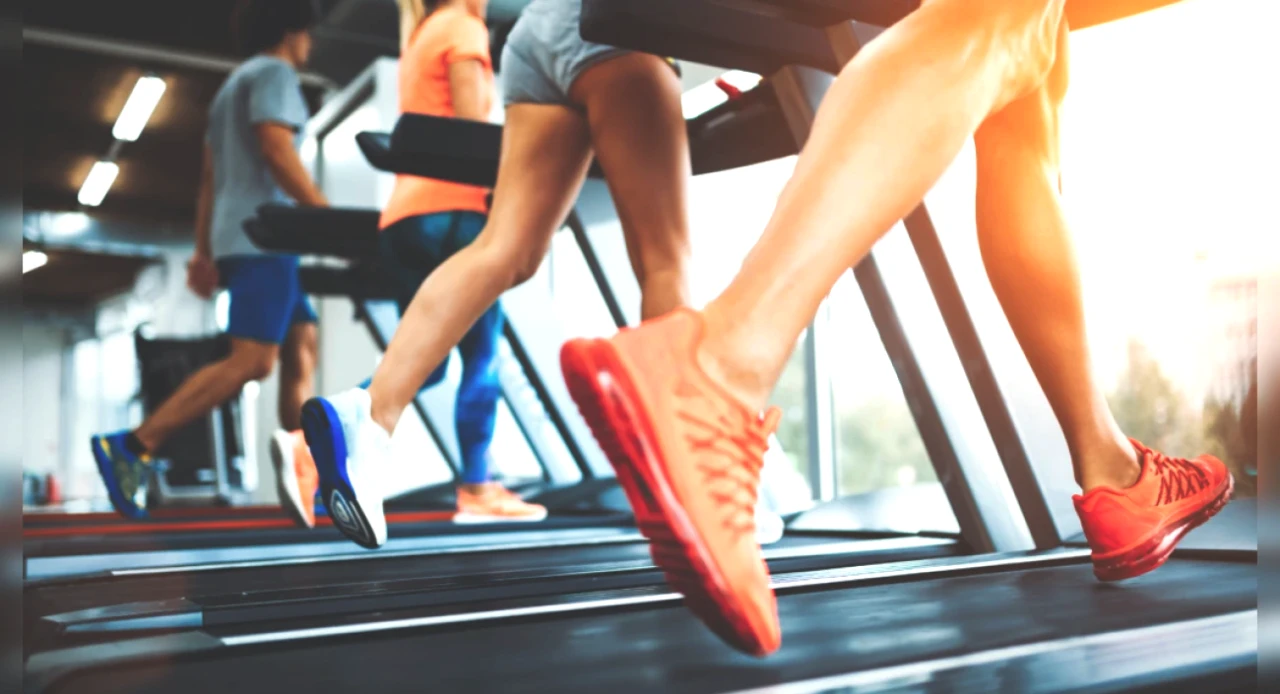Just 7 Minutes of This Routine Outperforms HIIT by 40% for Ultimate Body Transformation!
Recent studies indicate that Sprint Interval Training (SIT) may surpass HIIT in effectiveness. SIT emphasizes fat loss and muscle gain more efficiently. Research reveals that SIT fosters greater fat reduction compared to both HIIT and conventional cardio workouts. Typically, a SIT session involves brief sprints paired with extended recovery times. This method triggers fast-twitch muscle fibers and enhances metabolic rate.

When discussing quick and effective workouts, most people instantly think of High-Intensity Interval Training (HIIT) as the ultimate solution. However, recent discoveries are challenging that notion. Researchers are now suggesting that a lesser-known alternative, Sprint Interval Training (SIT), may be even more effective, leading to enhanced fat loss and muscle gain while requiring significantly less time. It may sound too good to be true, but the data backs it up. A peer-reviewed article featured in Run Repeat, titled “Sprint Interval Training: Burn 40% More Fat Than HIIT in 60% Less Time,” highlights that Sprint Interval Training (SIT) is considerably more effective for fat loss and muscle gain than HIIT or traditional cardio, all while consuming far less time. For the details, keep reading!Comparing SIT and HIIT: Understanding the key differences
Both SIT and HIIT are categorized as high-effort training methods, yet they differ in intensity and duration. HIIT usually involves brief bursts of exercise at around 70–90% of maximal effort lasting anywhere from 30 seconds to 4 minutes, interspersed with active recovery. In contrast, SIT requires maximum effort of 100% but for shorter durations, typically lasting 20 to 30 seconds, with longer rest intervals between sprints. This slight adjustment in structure leads to a significant difference in results.Insights from Research
A comprehensive review of 75 studies comparing Sprint Interval Training (SIT), High-Intensity Interval Training (HIIT), and Moderate-Intensity Continuous Training (MICT) yielded remarkable findings. SIT resulted in over 90% more fat loss than MICT and was 39.6% more effective in reducing body fat compared to HIIT. On average, SIT sessions required 60–70% less time while delivering superior outcomes.Real-life application in terms of time commitment:
What do those 7 minutes consist of?
Here’s a typical outline for a SIT workout:
- Warm-up: 2–3 minutes of light movement
- Sprint rounds: 3-6 rounds of maximum effort lasting 20–30 seconds each
- Rest intervals: 2–4 minutes of walking or complete rest between sprints
- Cooldown: 1–2 minutes to gradually return the heart rate to resting levels
The rationale behind its effectiveness
The efficacy of SIT relies on the intensity of effort. Unlike HIIT or MICT, it recruits the full spectrum of muscle fibers, particularly those responsible for explosive power. This triggers a more intense metabolic response, improves insulin sensitivity, and accelerates fat decomposition.Additionally, it:- Elevates testosterone and growth hormone levels
- Increases VO2 max, a measure of cardiovascular fitness
- Enhances mitochondrial efficacy, making cells more adept at utilizing energy





